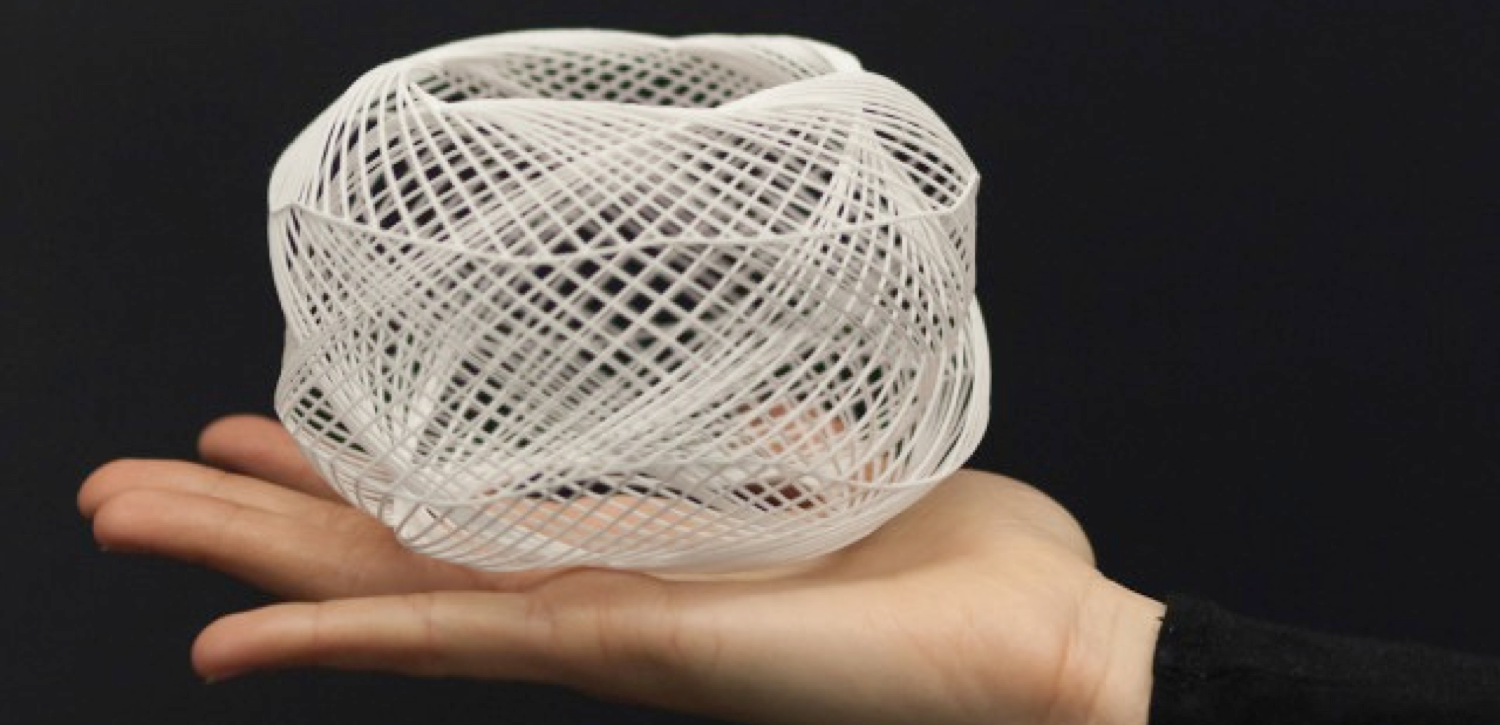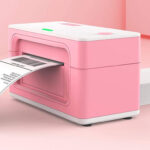
From Concept to Creation: How Metal 3D Printing Revolutionizes Product Development
- 0
Welcome to a world where imagination knows no bounds and innovation is limitless. In today’s blog post, we dive into the captivating realm of metal 3D printing – a groundbreaking technology that has completely transformed the landscape of product development. Gone are the days of traditional manufacturing constraints; now, ideas can seamlessly transition from mere concepts to awe-inspiring creations. Join us as we unravel the intricacies and marvels of this revolutionary technique, exploring how metal 3D printing has become a driving force behind innovation in various industries worldwide. So buckle up, because we’re about to embark on an extraordinary journey where dreams take shape and possibilities are endless!
Introduction to Metal 3D Printing
Metal 3D printing is an additive manufacturing technology that creates three-dimensional objects by depositing layers of metal powder. Unlike traditional subtractive manufacturing methods, which remove material from a workpiece to create the desired shape, metal 3D printing builds up objects layer by layer. This allows for the creation of complex shapes and structures that would be impossible to produce using traditional manufacturing methods.
Metal 3D printing has been used for prototyping and low-volume production for many years, but recent advances in technology have made it possible to use this technology for mass production. Metal 3D printing offers a number of advantages over traditional manufacturing methods, including shorter lead times, lower production costs, and increased design freedom.
As the metal 3D printing market continues to grow, it is important to understand how this technology works and what its capabilities are. In this article, we will provide an introduction to metal 3D printing, covering its history, applications, and benefits.
Benefits of Metal 3D Printing for Product Development
The benefits of metal 3D printing for product development are many and varied. Perhaps the most obvious benefit is the ability to create prototypes and products quickly and easily, without the need for expensive tooling or manufacturing equipment. This means that new products can be designed and prototyped in a fraction of the time and cost of traditional methods.
In addition, metal 3D printing offers superior accuracy and detail compared to other manufacturing methods. This allows for greater complexity in product designs, as well as a more precise final product. Additionally, metal 3D printing can be used to create customized products, with each piece being unique.
Metal 3D printing is an environmentally friendly option for product development. Unlike traditional manufacturing processes which can generate harmful emissions, metal 3D printing uses only a small amount of energy and produces very little waste.
Design Considerations for Metal 3D Printing
When it comes to incorporating metal 3D printing into product development, there are a few key design considerations to keep in mind. First and foremost amongst these is the choice of metal. There are a variety of metals that can be used for 3D printing, each with its own set of advantages and disadvantages. For example, aluminum is lightweight and has good heat-dissipating properties, making it ideal for applications where those qualities are important. On the other hand, stainless steel is much stronger and more durable, making it a better choice for products that will see heavy use or will be subject to wear and tear.
Another important consideration is the overall design of the product. Metal 3D printing opens up new possibilities in terms of both form and function, so it’s important to take advantage of those capabilities when designing your product. For instance, if you need a part that has a complex or intricate shape, metal 3D printing can often produce it more cheaply and accurately than traditional manufacturing methods. And if you need a part that is hollow or has internal channels or voids, again metal 3D printing can often simplify the manufacturing process while still delivering a high-quality final product.
Don’t forget about post-processing considerations when incorporating metal 3D printing into your product development process. Depending on the final application of the product, various post-processing steps may be required in order to achieve the desired results. These steps can include everything from polishing and plating
Processes Involved in Metal 3D Printing
As the technology behind 3D printing continues to evolve, so too do the applications for this versatile manufacturing process. One of the most exciting areas of 3D printing is its use in metal fabrication. Metal 3D printing offers a number of advantages over traditional manufacturing processes, making it an attractive option for product development.
The first step in metal 3D printing is to create a digital model of the desired object. This model can be created using computer-aided design (CAD) software or by scanning an existing object. Once the model is complete, it is converted into a file format that can be read by the 3D printer.
The next step is to choose the type of metal that will be used for printing. There are a variety of metals that can be used in 3D printing, including aluminum, stainless steel, and titanium. Each metal has its own unique properties that must be considered when choosing the best material for your application.
After the metal is selected, it is time to prepare the printer for production. The printer must be calibrated to ensure that it is able to print with the selected metal. The calibration process will vary depending on the type of printer being used.
Once the printer is ready, the final step is to begin printing the object. The printer will build up the object layer by layer until it is complete. The entire process can take anywhere from a few hours to several days, depending on the size and complexity of the object being printed.
Metal 3D printing has revolutionized the way that objects can be manufactured. This rapid prototyping process allows for complex designs to be quickly and accurately created with little waste or cost. With the right equipment, metal 3D printing can be a powerful tool for any business or individual looking to produce high-quality parts quickly and affordably.
Limitations of Metal 3D Printing
Although metal 3D printing technology has revolutionized product development in many ways, there are still some limitations to this technology. One of the biggest limitations is the cost of metal 3D printers and the materials needed to print with them. Metal 3D printers can be quite expensive, and the materials used to print with them can also be quite costly. Another limitation of metal 3D printing is the lead time required to print a product. Metal 3D printing can take several days or even weeks to complete, depending on the size and complexity of the product being printed.
Case Studies on the Use of Metal 3D Printing in Product Development
Metal 3D printing has been used in product development for years, but its use has been limited to small-scale prototyping and low-volume production. With the advent of new technologies and materials, metal 3D printing is now being used in a wide range of product development applications, from large-scale manufacturing to on-demand production.
Below are some case studies that showcase how metal 3D printing is being used in product development:
1. Large-scale Manufacturing: In this case study, a company called GE Additive was able to use metal 3D printing to manufacture a fuel nozzle for jet engines. The company was able to produce the nozzle using a direct metal laser melting (DMLM) machine, which allowed them to create a complex shape that would otherwise be impossible to manufacture using traditional methods.
2. On-demand Production: In this case study, a company called Markforged was able to use metal 3D printing to produce an on-demand part for a customer. The company was able to print the part using an additive manufacturing process called selective laser melting (SLM). This allowed them to create a high-quality part without the need for expensive tooling or long lead times.
3. Prototyping: In this case study, a company called Formlabs was able to use metal 3D printing to create prototypes of their products. The company was able to produce high-quality prototypes using an additive manufacturing process called stereolithography (SLA). This allowed them to test their designs quickly and cost-effectively.
These case studies demonstrate how metal 3D printing is being used in product development across a wide range of industries, from aerospace to consumer products. As the technology continues to improve and become more accessible, it will no doubt be used even more in the future. If you are interested to read more about metal 3d printing, check out the website.
Conclusion
Metal 3D printing has revolutionized product development by allowing engineers and designers to easily prototype complex objects quickly and cheaply. This technology is being used in countless industries, from aerospace manufacturing to medical device design. Its versatility makes it an invaluable tool for innovative thinkers who are looking for new ways to create cost-effective solutions that can improve the way we live our lives. With metal 3D printing, the sky’s the limit when it comes to concept creation!





